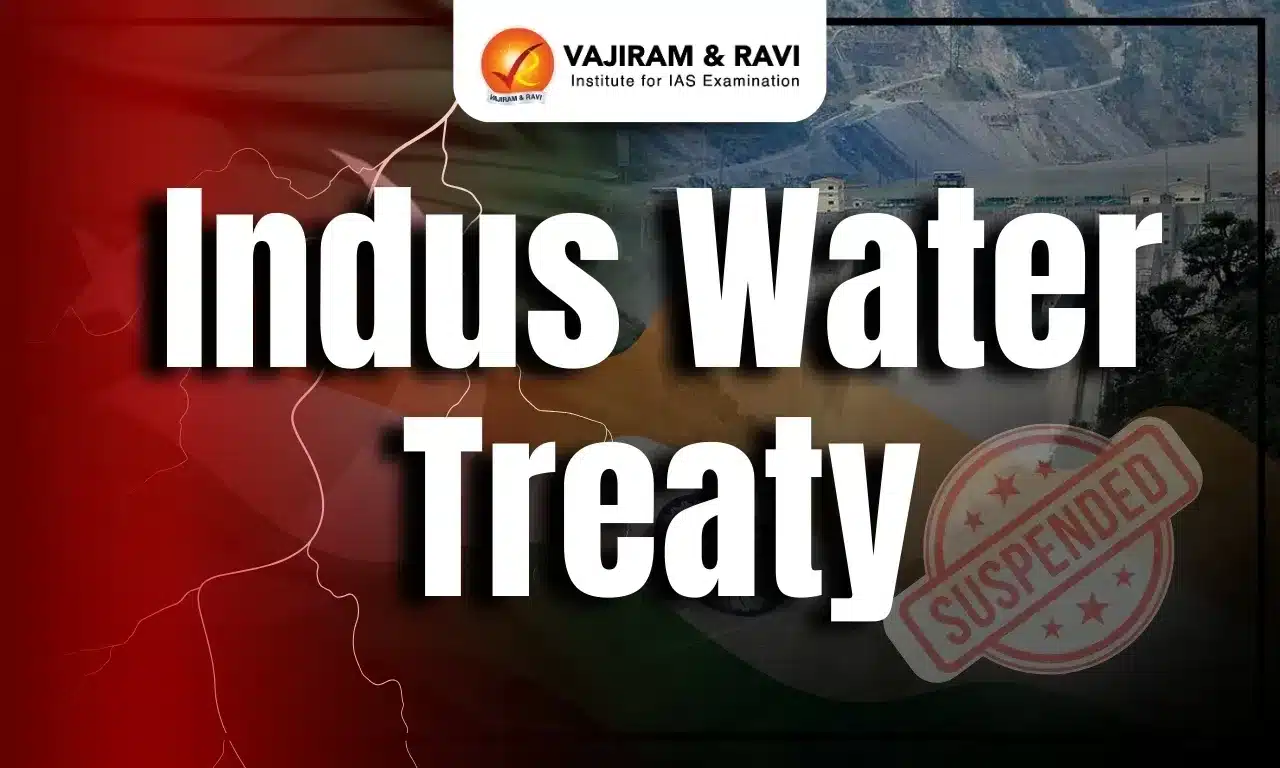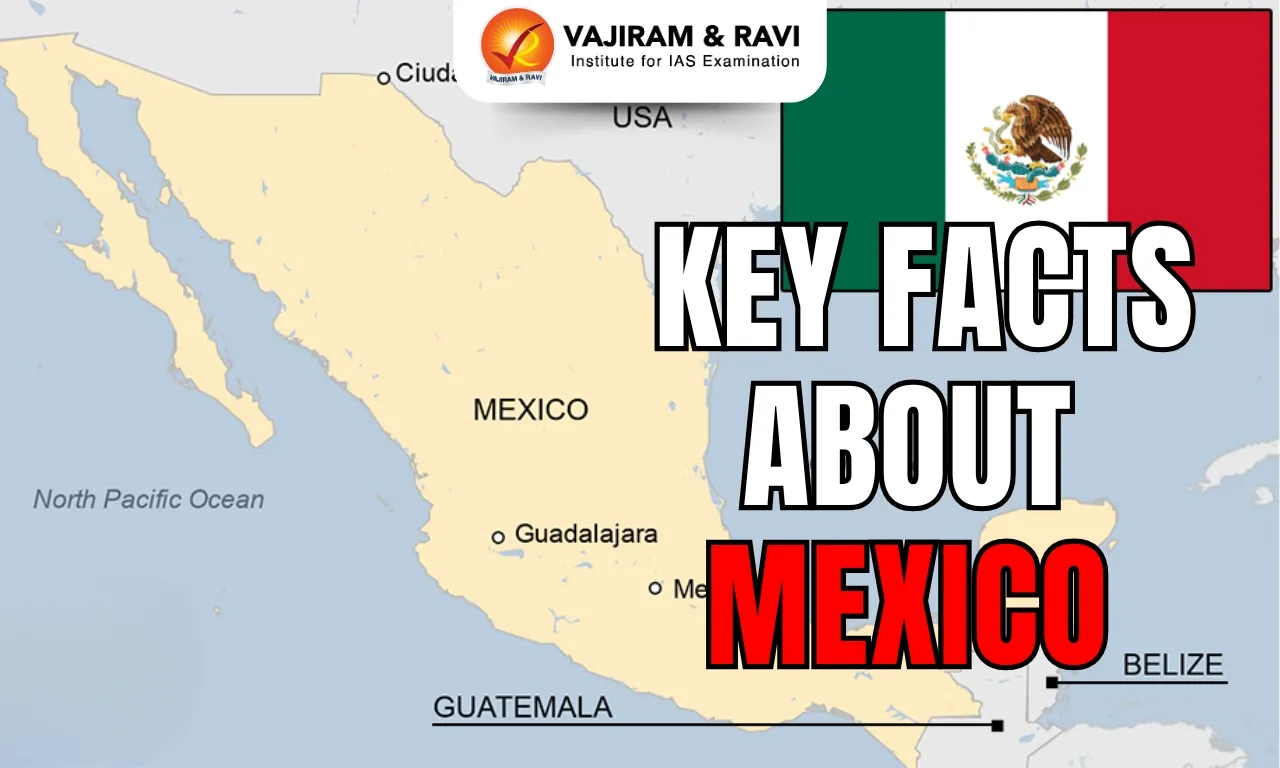Indus Water Treaty Latest News
Recently, India suspended the Indus Water Treaty (IWT) following a deadly militant attack in Pahalgam, Kashmir, which killed 26 civilians.
About Indus Water Treaty
- The Indus Waters Treaty was signed between India and Pakistan on September 19, 1960, with the World Bank acting as a mediator.
- The treaty was designed to ensure cooperation and information-sharing between the two countries regarding water use from the Indus River system, which includes six rivers: Indus, Jhelum, Chenab, Ravi, Beas, and Sutlej.
- The treaty allocated the three western rivers—Indus, Jhelum, and Chenab—to Pakistan for unrestricted use, while India retained the three eastern rivers—Ravi, Beas, and Sutlej—for its exclusive use.
- India was allowed limited, non-consumptive uses of the western rivers for domestic, agricultural, and hydroelectric purposes, under strict conditions.
- This arrangement meant that around 80% of the total water volume was granted to Pakistan, while India received the remaining 20%.
- To manage the treaty’s implementation, both nations agreed to establish a Permanent Indus Commission (PIC), which is required to meet annually to discuss technical matters and facilitate data exchange.
Source: BT
Last updated on December, 2025
→ Check out the latest UPSC Syllabus 2026 here.
→ Join Vajiram & Ravi’s Interview Guidance Programme for expert help to crack your final UPSC stage.
→ UPSC Mains Result 2025 is now out.
→ UPSC Notification 2026 is scheduled to be released on January 14, 2026.
→ UPSC Calendar 2026 is released on 15th May, 2025.
→ The UPSC Vacancy 2025 were released 1129, out of which 979 were for UPSC CSE and remaining 150 are for UPSC IFoS.
→ UPSC Prelims 2026 will be conducted on 24th May, 2026 & UPSC Mains 2026 will be conducted on 21st August 2026.
→ The UPSC Selection Process is of 3 stages-Prelims, Mains and Interview.
→ UPSC Result 2024 is released with latest UPSC Marksheet 2024. Check Now!
→ UPSC Prelims Result 2025 is out now for the CSE held on 25 May 2025.
→ UPSC Toppers List 2024 is released now. Shakti Dubey is UPSC AIR 1 2024 Topper.
→ UPSC Prelims Question Paper 2025 and Unofficial Prelims Answer Key 2025 are available now.
→ UPSC Mains Question Paper 2025 is out for Essay, GS 1, 2, 3 & GS 4.
→ UPSC Mains Indian Language Question Paper 2025 is now out.
→ UPSC Mains Optional Question Paper 2025 is now out.
→ Also check Best IAS Coaching in Delhi
Indus Water Treaty FAQs
Q1. What is the Indus Waters Treaty?+
Q2. What recent action has India taken regarding the treaty?+
Q3. How could this affect Pakistan?+
Tags: indus water treaty prelims pointers upsc current affairs upsc prelims current affairs

















